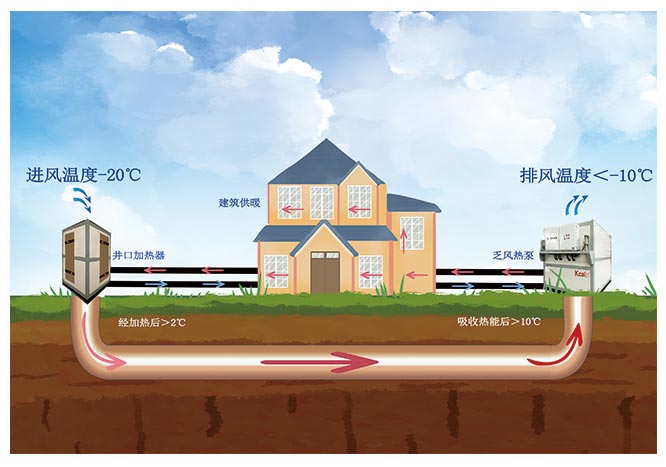Pulverized coal boiler is a widely used boiler equipment in industrial production, which converts the heat energy generated by coal combustion into steam or hot water for heating, power generation, industrial production, and other purposes. During the operation of the coal powder boiler, there is a large amount of waste heat in the flue gas. If these waste heat can be effectively utilized, it can not only improve energy efficiency, but also reduce energy waste and environmental pollution.
The waste heat from the lack of air in the coal-fired boiler mainly comes from two aspects:
Flue gas waste heat: in the pulverized coal boiler, the high-temperature flue gas generated by pulverized coal combustion is discharged into the atmosphere through the flue, which contains a lot of heat energy. This type of flue gas waste heat is the main source of fatigue waste heat.
Slag waste heat: Pulverized coal furnaces also generate slag, which also contains a certain amount of waste heat. This waste heat can be utilized through effective slag treatment and waste heat recovery.
The basic working principle of coal fired boilers lacking waste heat utilization is to transfer the waste heat from flue gas to the working medium (usually water or hot oil) through a heat exchanger, thereby increasing the temperature of the medium and generating steam or hot water for heating or power generation.
The specific working principle is as follows:

Waste heat collection: The waste heat in the flue gas of the coal-fired boiler needs to be collected. The usual method is to cool the flue gas through a flue gas condenser or flue gas waste heat boiler, so that its internal heat energy is transferred to the working medium.
Heat exchange: The collected heat energy is transferred to the working medium through a heat exchanger, causing the temperature of the medium to rise.
Power generation or heating: The heated working medium can be used for different purposes. If it is water, it can be heated into steam for power generation or heating; If it is hot oil, it can be used to heat industrial processes.
Waste heat recovery: The waste heat utilization system of coal fired boilers usually includes a waste heat recovery device to ensure the full utilization of waste heat and greatly improve energy efficiency.
To effectively utilize the residual heat of coal fired boilers due to lack of air, various methods can be used:
Smoke condenser: Smoke condenser is one of the common waste heat collection devices. By reducing the temperature of the flue gas, water vapor is condensed into a liquid, releasing a large amount of latent heat. These condensed water can be heated into steam for power generation or heating.
Flue gas waste heat boiler: A flue gas waste heat boiler is a device specifically designed to collect and utilize flue gas waste heat. It transfers the waste heat from the flue gas to water supply, generating high-temperature and high-pressure steam for power generation or heating.
Slag waste heat utilization: For coal fired boilers that generate a large amount of slag, slag waste heat can also be effectively utilized. By cooling and heat exchange of the slag, the residual heat in the slag can be recovered for heating water or hot oil.
Waste heat recovery system: In the waste heat recovery system, multi-stage waste heat recovery is adopted, gradually utilizing waste heat at different temperature levels. This method can greatly improve energy utilization efficiency.
The lack of waste heat utilization in coal-fired boilers is an important measure for energy conservation and environmental protection. The collection and utilization of waste heat in the flue gas of coal-fired boilers can improve the energy utilization efficiency of industrial production, reduce energy costs, and reduce environmental pollution. Against the backdrop of increasingly scarce energy resources and increasing environmental pressure, coal mining enterprises should actively take measures to effectively utilize the lack of waste heat from coal fired boilers and contribute to sustainable development and green production. Through technological innovation and system optimization, the sustainability and environmental protection of coal mine production can be better achieved, and economic benefits can be improved.







Comment